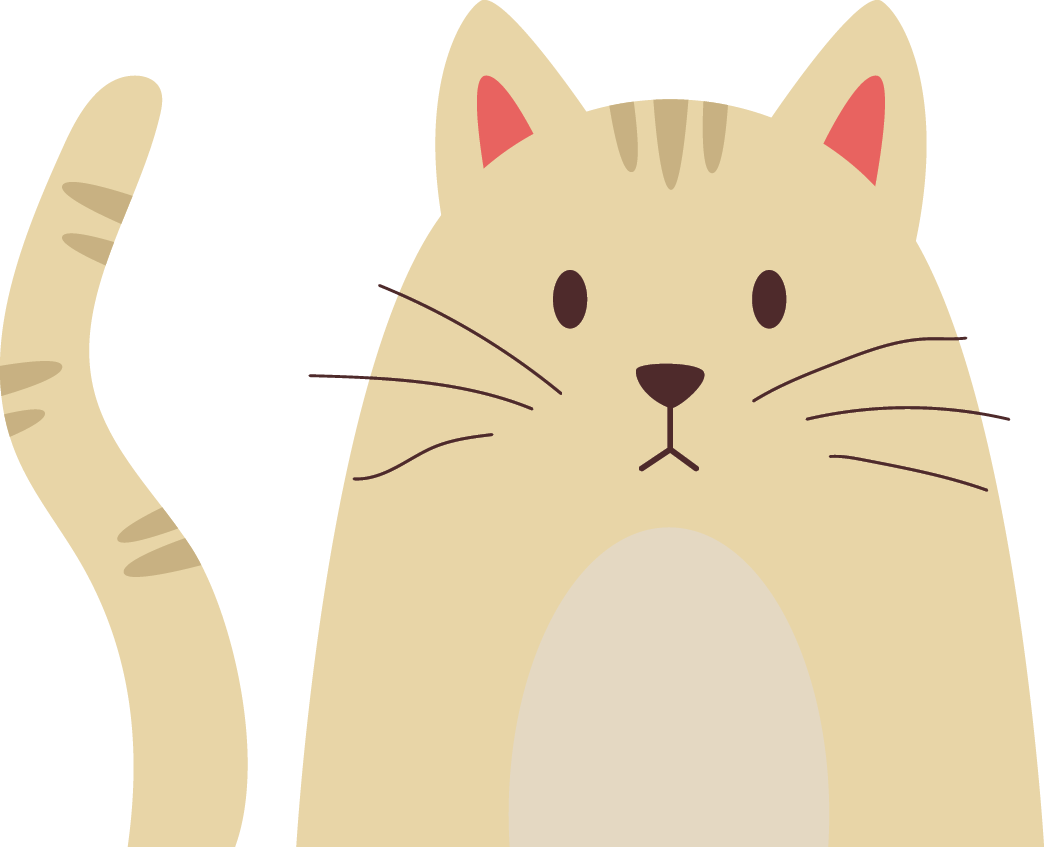





 lients become very frustrated when their cats straight out refuse to use the litter box. Families are often at a loss on how to modify the undesirable behavior of litter box avoidance. This is especially true when there have been no changes in the household that would put additional stress on the cat. Many owners become so frustrated with this behavioral issue that they are ready to get rid of their cat if they cannot figure out how to get the cat to use the litter box again.
lients become very frustrated when their cats straight out refuse to use the litter box. Families are often at a loss on how to modify the undesirable behavior of litter box avoidance. This is especially true when there have been no changes in the household that would put additional stress on the cat. Many owners become so frustrated with this behavioral issue that they are ready to get rid of their cat if they cannot figure out how to get the cat to use the litter box again.
With any feline problem behavior, the first step should always be a visit to the veterinarian to rule out a medical condition. Many times the undesirable behavior of litter box refusal is based on an infection, blockage or other medical condition, which all will need to be treated.
If the veterinarian rules out any medical reasons for not using the litter box, a behaviorist should then be consulted. Unfortunately, feline behaviorists are difficult to find. Since there are so few feline behaviorists, many times owners will go to their groomer for help with troubleshooting how to solve behavioral issues regarding the litter box.
When an owner comes to me with a behavioral frustration, I always reinforce the importance of medical testing. After I am confident the family has exhausted what their veterinarian can provide, then and only then do I give my opinions.
I am on my second cat in the last 25 years that will not use the litter box with no diagnosable medical conditions. I am very aware of the frustration owners face when a cat randomly and continuously chooses not to use a litter box. After all the fancy and expensive testing has been performed to rule out any medical issues, and there have been no changes in the household that would add stress for the cat, it is time to establish the root of the problem.






Plug-in pheromones are always an option that can be tried before or during a litter box and/or litter trial is being run. In my business, it seems client opinions are about 50/50 on whether they believe that the plug-in pheromones help the family’s cat.
Supplements are another option that can be tried. As a groomer, I would refer a client to their veterinarian for a supplement recommendation. Many cats are very finicky when it comes to supplements. And while some supplements claim to help with litter box issues, the overlying problem is convincing the cat to take a supplement.
When a cat refuses to use a litter box, they often pick a few favorite places to urinate. This is helpful to know because it allows owners a few options. One option for owners is that they can block or take away the spot where the cat is choosing to urinate. For example, my cat loves to urinate on the guest bed. So, we simply keep the door to that bedroom closed. But, I know if the bedroom door is closed, the cat will urinate on the dog bed outside the guest bedroom.
While it is not aesthetically pleasing, the last option I offer clients is to place potty pads over plastic in the cat’s favorite spot. This tends to keep the cat happy and helps with cleanup.
It is very important for the owners who are going through this struggle to praise the cat when they see it using the litter box. Remember, if the cat only has interactions with the owners that are out of frustration, the cat has no motivation to change. Reassurance for the cat when they use the litter box and then positive experiences during play time, snuggle time and mealtimes are important to help change the undesirable behavior.
While behavioral issues are frustrating, the most important thing is to rule out any medical conditions. If your opinion as the cat’s groomer is asked for and you are confident all medical issues have been ruled out, and that there have been no changes in the household that would cause stress on the cat, then offering some advice might help improve the family’s situation. When a cat does not use the litter box and there is no clear reason for their refusal, frustrations often run high in the client’s home.


